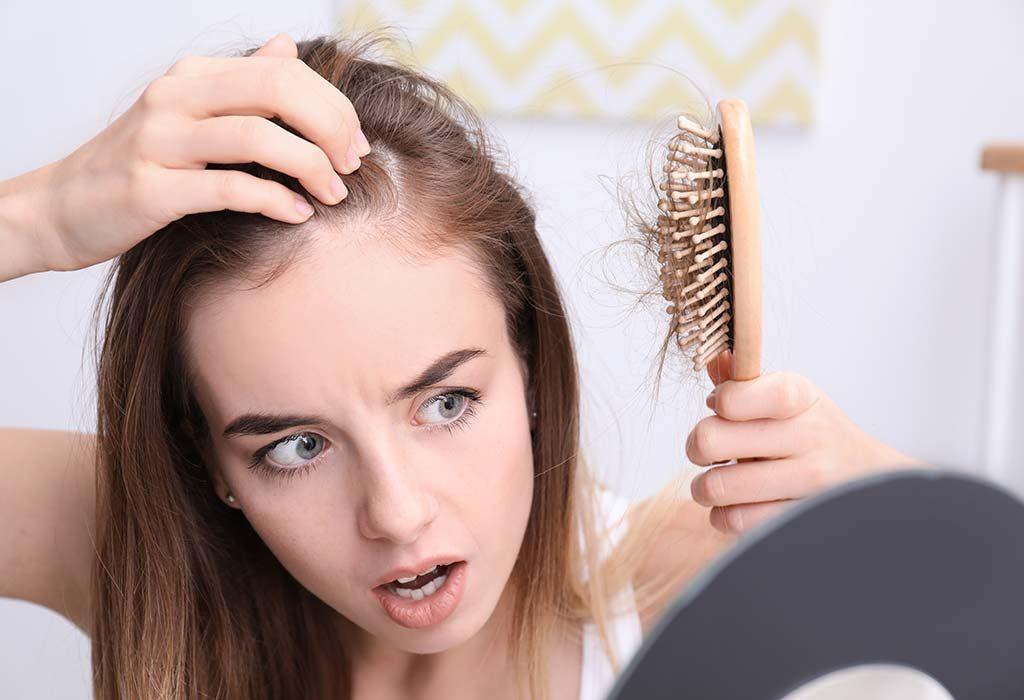Causes of Hair Loss
Hair loss, also known as alopecia, can have several underlying causes. Some of the most common reasons for hair shedding include:
Genetics: If balding patterns run in the family, this inherited trait is typically responsible. Male pattern baldness is usually linked to fluctuations in DHT levels.
Stress: High levels of stress over long periods of time can take a physical toll on the body, including accelerating Hair Loss Treatment. Stress hormones may interfere with the hair growth cycle.
Medical conditions: Thyroid disorders, iron deficiency anemia and autoimmune diseases like lupus and alopecia areata can all potentially bring on hair shedding.
Medications: Certain treatments like chemotherapy, blood thinners, and beta-blockers are frequently cited as hair loss culprits due to their harsh side effects.
Lifestyle factors: Erratic dieting, smoking, lack of exercise and excess alcohol consumption have all been associated with hastening hair decline over time.
Types of Hair Loss Treatments
Going to a dermatologist is wise for diagnosing the underlying cause and recommending one of many treatment options:
Prescription medications: Minoxidil (Rogaine) applied topically and finasteride (Propecia) taken orally are FDA-approved for treating male and female pattern baldness by jumpstarting follicular activity.
Natural remedies: Saw palmetto, biotin, argan and rosemary oils may help manage shedding when massaged into the scalp, but require consistency.
Laser therapy: Low-level laser treatments claim to stimulate follicles by boosting microcirculation when delivered via handheld devices. Multiple sessions are necessary.
Hair transplants: For those experiencing significant thinning on top of the scalp, this surgical option takes follicles from the back/sides of the head and redistributes them in vulnerable zones.
Wigs/weaves: Temporary or permanent pieces provide full coverage and realistic cosmetic benefits without medications or downtime required.
Platelet-rich plasma injections: Using a person's own blood spun down to concentrate growth-promoting platelets then reinjecting them into balding areas may restore density.
Lifestyle modifications: Dietary changes, managing stress, quitting smoking and regular scalp massages encourage circulation and follicles' well-being. Gentle shampoos/conditioners help too.
Understanding What Hair Loss Treatment Is Right
When choosing a hair loss remedy, considering the following factors makes sense:
- Type and severity of shedding – Some options only work for certain causes or milder cases.
- Presence of contraindications – People with peptic ulcers may not tolerate certain medications, for example.
- Commitment level – Topical/oral meds require long-term compliance, laser/PRP short-term consistency.
- Special circumstances – Pregnancy/plans for kids influence choice as some options are unsafe during fertility periods.
- Cost – Prescription meds are affordable but lasers/transplants quite expensive typically.
- Potential side effects – Minoxidil/finasteride may cause sexual/cardiovascular side effects rarely.
- Likelihood of regrowth – While transplants restore permanently transplanted follicles, others only slow loss while being used.
Combining solutions may work best in severe situations. Consulting an expert ensures safety and maximizes results by tailoring a regimen personalized to the individual. With patience and compliance, options exist helping many reclaim their thicker, natural hair.
Get More Insights on- Hair Loss Treatment



